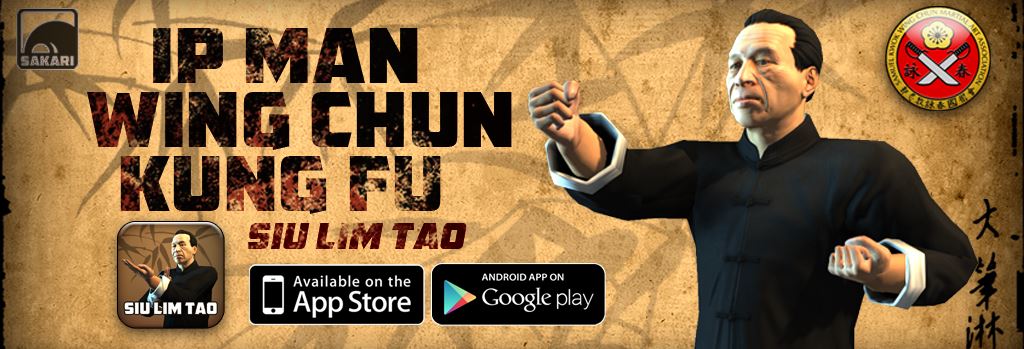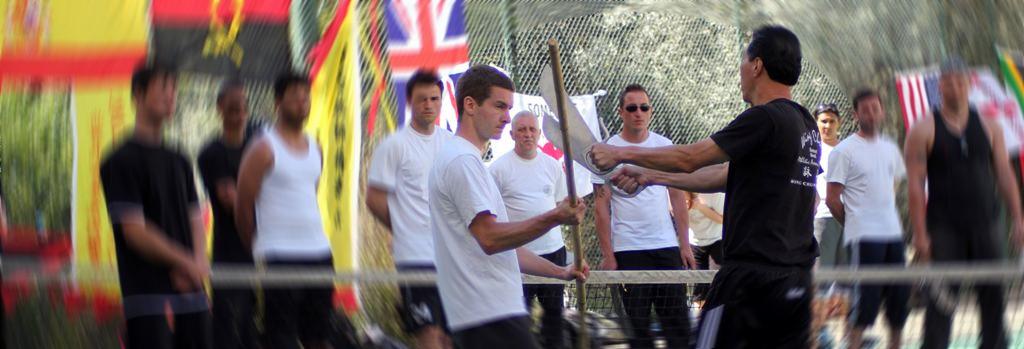Ip Man's Biography
Article by Dan Knight added on 20 Jul 2012. Last updated on 7 Mar 2014.
Ip Man's Biography - life of the martial arts legend

Learn about the life of the martial arts legend who has influenced millions of martial artists around the world including many famous martial artists like the late Bruce Lee.
This article covers mostly the historical and biographical accounts of Ip Man's life.
Please note, this article is similar to the one on Wikipedia because that was heavily edited by myself as well.
Ip Man's Birth
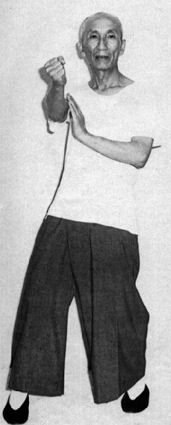
Ip Man is sometimes referred to as Yip Man. He was born on the first of October 1893-10-01 and died on the second of December 1972-12-02.
He was born to Ip (Yip) Oi Dor and Ng Shui, and was the third of four children. He grew up in a very wealthy family in Foshan, Guangdong province in China, and received an exceptionally high standard of education. His older brother was Ip Kai Gak. His older sister was Ip Wan Mei and his younger sister was Ip Wan Hum. Ip is the family name which is said first in Chinese culture.
Ip Kai Man was one of the first martial arts instructors, or Sifu, to teach the Chinese martial art of Wing Chun Kung Fu publicly1. He had several students who later became martial arts teachers in their own right, including Bruce Lee.
Biography
When Ip Man was thirteen years old he started learning Wing Chun from Chan Wah-shun. Because of his sifu's old age, Ip Man had to learn much of his skills and techniques from his master's second eldest disciple Ng Chung-sok. Three years into Ip Man's training Chan Wah-shun died. One of his dying wishes was to have Ng continue training Ip.
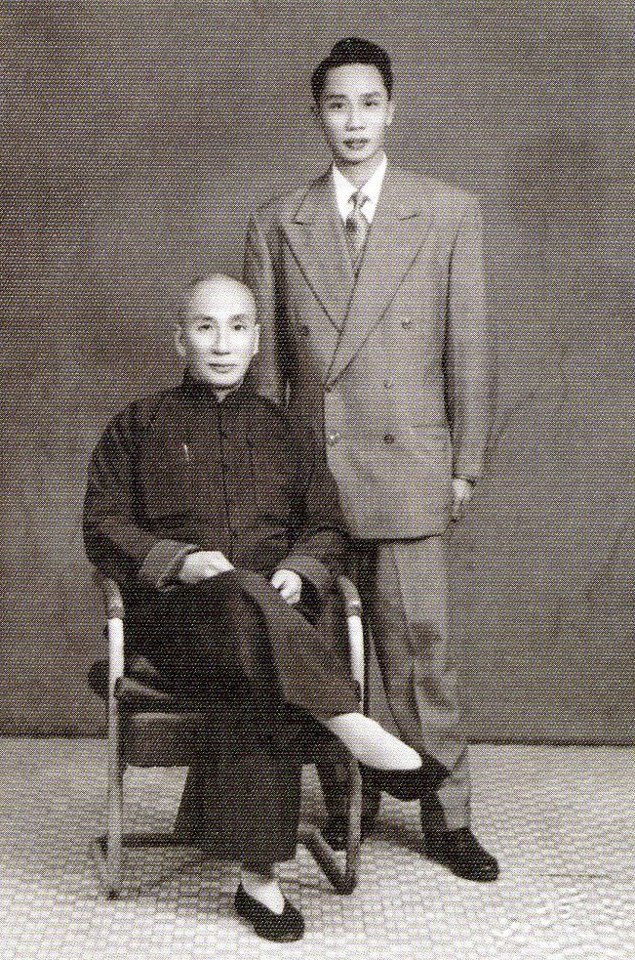 At the age of 15 Ip man moved to Hong Kong with help from Leung Fut Ting, a relative. At age sixteen, Ip Man attended school at St. Stephen's College in Hong Kong. It was a secondary school for wealthy families and foreigners who lived in Hong Kong. According to Ip Man's two sons (Ip Ching and Ip Chun), while at St. Stephen's Ip Man intervened after seeing a foreign police officer beating a woman. The story goes that the police officer tried to strike Ip Man who used his martial arts to strike the officer down, at which point Ip Man and his classmate ran to school. The classmate is said to have told an older man who lived in the same apartment block. Ip Man was invited to see this man and the man asked Ip Man what martial art he studied. Ip told him, but said he would not understand. The man then asked Ip Man to show him his first 2 forms (Sil Lim Tao and Chun Kiu). The man then told Ip Man that his forms were "not too great." Ip Man was then invited to Chi Sau (a form of training that involves controlled attack and defence). Ip Man saw this as an opportunity to prove his Kung Fu was good, but he was beaten after just a few strikes. It turned out that the old man was his master's elder fellow-disciple (and so, by Chinese tradition Ip Man's martial uncle or Sibak), Leung Bik , son of his master's master Leung Jan. After that ncounter, Ip Man continued his training lessons from Leung Bik. Ip Man recounts the story himself in an interview with Martial Hero Magazine, although in his own account he does not mention a fight with a police officer and claims it was because he was always causing trouble at school that his friends spoke to Leung Bik about him. By the age of 24, Ip Man had returned to Foshan, his Wing Chun skills tremendously improved.
At the age of 15 Ip man moved to Hong Kong with help from Leung Fut Ting, a relative. At age sixteen, Ip Man attended school at St. Stephen's College in Hong Kong. It was a secondary school for wealthy families and foreigners who lived in Hong Kong. According to Ip Man's two sons (Ip Ching and Ip Chun), while at St. Stephen's Ip Man intervened after seeing a foreign police officer beating a woman. The story goes that the police officer tried to strike Ip Man who used his martial arts to strike the officer down, at which point Ip Man and his classmate ran to school. The classmate is said to have told an older man who lived in the same apartment block. Ip Man was invited to see this man and the man asked Ip Man what martial art he studied. Ip told him, but said he would not understand. The man then asked Ip Man to show him his first 2 forms (Sil Lim Tao and Chun Kiu). The man then told Ip Man that his forms were "not too great." Ip Man was then invited to Chi Sau (a form of training that involves controlled attack and defence). Ip Man saw this as an opportunity to prove his Kung Fu was good, but he was beaten after just a few strikes. It turned out that the old man was his master's elder fellow-disciple (and so, by Chinese tradition Ip Man's martial uncle or Sibak), Leung Bik , son of his master's master Leung Jan. After that ncounter, Ip Man continued his training lessons from Leung Bik. Ip Man recounts the story himself in an interview with Martial Hero Magazine, although in his own account he does not mention a fight with a police officer and claims it was because he was always causing trouble at school that his friends spoke to Leung Bik about him. By the age of 24, Ip Man had returned to Foshan, his Wing Chun skills tremendously improved.
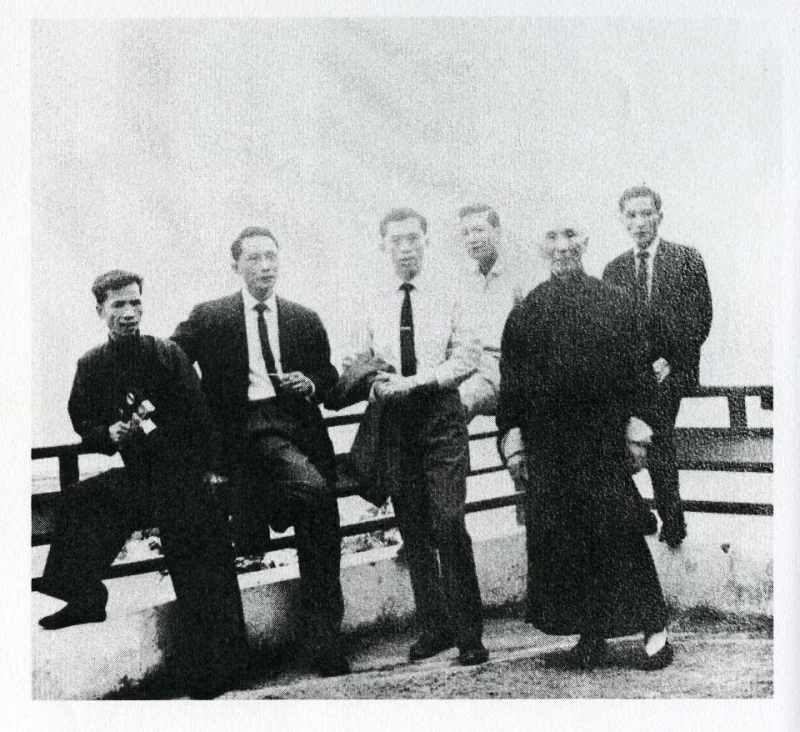 In Foshan, Ip Man became a policeman. He did not formally run a Wing Chun school, but taught several of his subordinates, his friends and relatives.
In Foshan, Ip Man became a policeman. He did not formally run a Wing Chun school, but taught several of his subordinates, his friends and relatives.
Kwok Fu and Lun Kai (2 of Ip Man's students and friends) went on to teach students of their own. The art of Wing Chun in the Foshan and Guangdong area was mainly passed down from these two individuals.
Ip Man went to Kwok Fu's village house during the Japanese Occupation. He only returned to Foshan after the war, to once again take up the job of a police officer.
While in Foushan Ip Man met Yuen Kay Shan and they became friends despite being from different lineages of Wing Chun. Ip Man and Yuen Kay Shan became close enough with that he taught Ip Man let Yeun Kay Shan teach his son, Ip Chun, the first form of the art[2]. At the end of 1949, the Chinese Communist party won the Chinese civil war. Ip Man being an officer of the opposing Kuomintang political party, decided to escape to Hong Kong without his family when the Communists came to Foshan. In Hong Kong, Ip Man opened a Wing Chun martial arts school.
Initially, business was poor because his students typically stayed for only a couple of months. He moved his school twice, to Hoi Tan Street in Sham Shui Po, and then to Lee Tat Street in Yau Ma Tei. By then, some of his students were skilled enough that they were able to start their own schools.
Some of Ip Man's students and descendants compared their skills with other martial artists in combat. Initially many were defeated, but later, before Ip Man's death their victories over other martial artists helped to bolster Ip Man's reputation as a teacher.
 In 1967, Ip Man and some of his students established the Hong Kong Ving Tsun Athletic Association.
In 1967, Ip Man and some of his students established the Hong Kong Ving Tsun Athletic Association.
In 1972, Ip Man suffered cancer and subsequently died on the 2nd of December that same year. About 6 weeks before he died he asked his 2 sons and his student Lau Hon Lam to film him performing the Wing Chun system as practice by him. He only managed Sil Lim Tau, Chum Kiu and the Dummy form. This is because he was in a lot of pain and was weak and unsteady on his feet. He was going to do Biu Gee, the Knife form and long pole. However Grandmaster Ip Chun and Ip Ching and Sifu Lau Hong Lam stopped Ip Man because Biu Gee, the knives and full pole form require a lot of energy to perform. Ip Man had many students and worried some of them were adapting the system due to their own incomplete knowledge and felt that filming it was the only way to stop the frauds and cheats.
Ip Man Wing Chun Forms on video
Ip Man shows Wing Chun's Chum Kiu form as filmed in 1972
Within the three decades of his career in Hong Kong, he established a training system for Wing Chun that eventually spread across the world.
Further Reading
History and Family Tree
 This article is an account Ip Man gave about the general history of Wing Chun. Whilst not considered factually accurate, it does highlight how Ip Man viewed Wing Chun.
This article is an account Ip Man gave about the general history of Wing Chun. Whilst not considered factually accurate, it does highlight how Ip Man viewed Wing Chun.
Wing Chun Kuen Kuit
 The Wing Chun Kuen Kuit represent part of the legacy Ip Man left behind. The Kuen Kuit or fighting sayings (literally fist poem) highlight some key aspects of Wing Chun.
The Wing Chun Kuen Kuit represent part of the legacy Ip Man left behind. The Kuen Kuit or fighting sayings (literally fist poem) highlight some key aspects of Wing Chun.
My Father Ip Man, by Ip Ching
 This is an article about the life of Martial arts legend Ip Man by his son Wing Chun Kung Fu Grandmaster Ip Ching. Read about Ip Man.
This is an article about the life of Martial arts legend Ip Man by his son Wing Chun Kung Fu Grandmaster Ip Ching. Read about Ip Man.
An Interview With Ip Man
 This interview with Ip Man is one of only 2 interviews Ip Man ever gave and offers some insight into the history and life if Ip Man. Read the interview.
This interview with Ip Man is one of only 2 interviews Ip Man ever gave and offers some insight into the history and life if Ip Man. Read the interview.
Related Products
Ip Man: Portrait of a Kung Fu Master

Availible On Amazon
RRP: £8.51
Price: £7.7 & free delivery
This is a short book about the life of Ip Man. Ip Ching (Sifu to Samuel Kwok) has laid out some of the key points in this book about Ip Mans life and his Wing Chun. The book is full of photos of Ip Man and his students. Whilst the book is surprisingly short it deserves a place on the bookshelf of any Wing Chun fan. It offers some insights into Ip Man's life and styles of teaching.
Foot notes
1. Ip Man taught openly but (in the 1950's at least) he did have rules around who he taught. He would not teach the following 4 types of people according to Andrew Hang Lum Ma:
- Northern Chinese, or forigners who were heavily built.
- Childeren under 13.
- Anyone likley to be a criminal.
- Anyone deemed to have a low mental understanding, ie "stupid people ".
2. According to Yuen Jo-Tong, who was the grandson of Yuen Kay Shan
Tags for this article:
Ip ManHistoryIp ChunIp ChingYip Man

